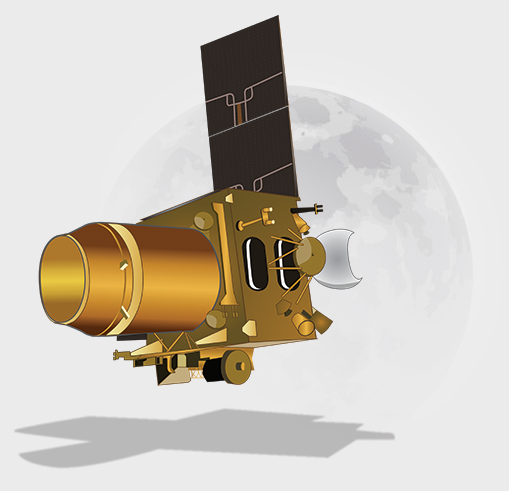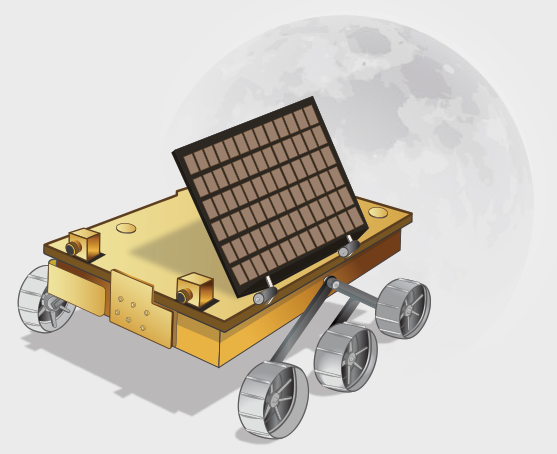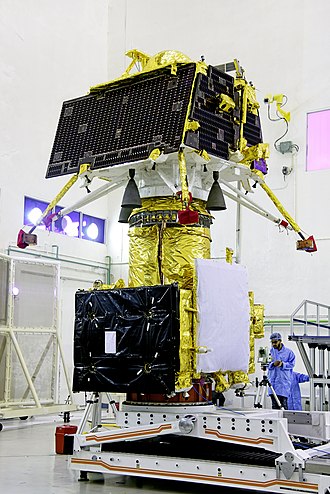Satellites having 3000+ Payload


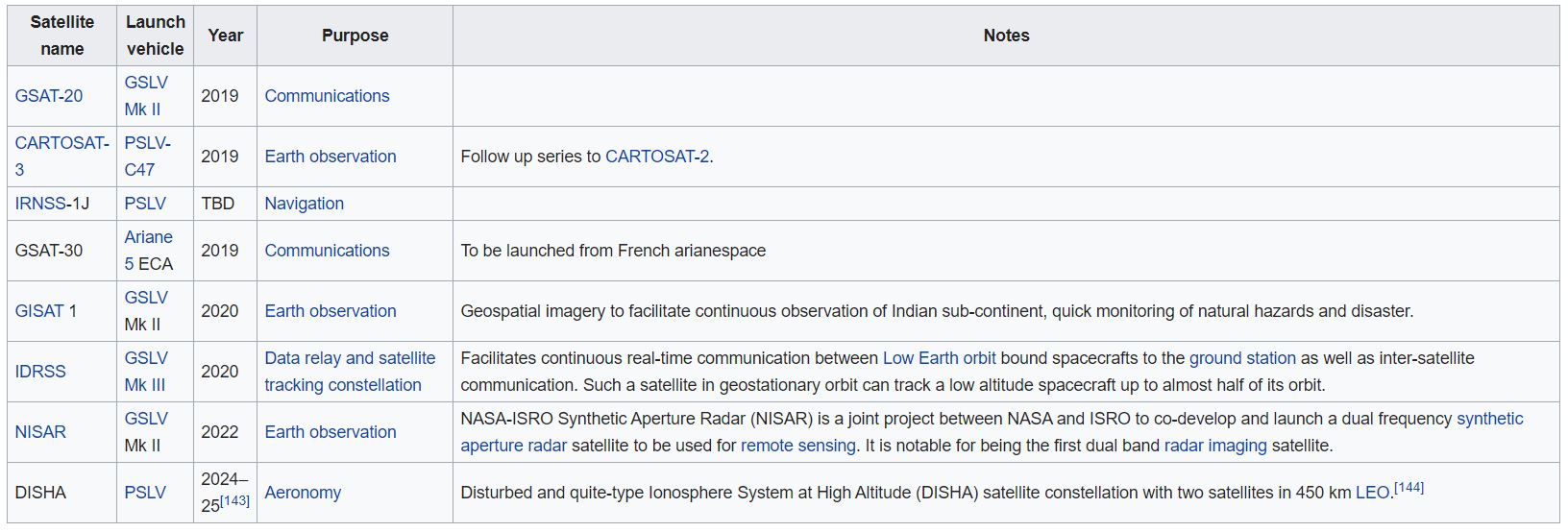
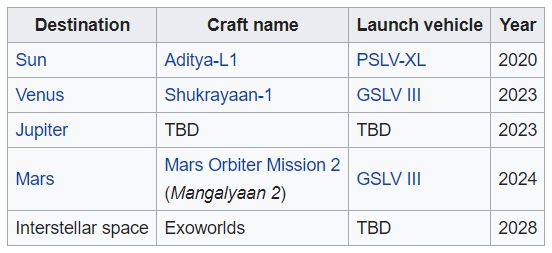

The Mars Orbiter Mission (MOM), also called Mangalyaan ("Mars-craft", from Sanskrit: मंगल mangala, "Mars" and यान yāna, "craft, vehicle"), is a space probe orbiting Mars since 24 September 2014. It was launched on 5 November 2013 by the Indian Space Research Organisation (ISRO). It is India's first interplanetary mission[15] and it made it the fourth space agency to reach Mars, after Roscosmos, NASA, and the European Space Agency. It made India the first Asian nation to reach Martian orbit and the first nation in the world to do so on its maiden attempt . The Mars Orbiter Mission probe lifted-off from the First Launch Pad at Satish Dhawan Space Centre (Sriharikota Range SHAR), Andhra Pradesh, using a Polar Satellite Launch Vehicle (PSLV) rocket C25 at 09:08 UTC on 5 November 2013. The launch window was approximately 20 days long and started on 28 October 2013.The MOM probe spent about a month in Earth orbit, where it made a series of seven apogee-raising orbital manoeuvres before trans-Mars injection on 30 November 2013 (UTC). After a 298-day transit to Mars, it was put into Mars orbit on 24 September 2014. The mission is a "technology demonstrator" project to develop the technologies for designing, planning, management, and operations of an interplanetary mission.It carries five scientific instruments. The spacecraft is currently being monitored from the Spacecraft Control Centre at ISRO Telemetry, Tracking and Command Network (ISTRAC) in Bengaluru with support from the Indian Deep Space Network (IDSN) antennae at Bengaluru, Karnataka .
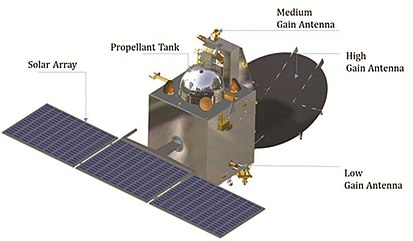
Chandrayaan-1 was the first Indian lunar probe under Chandrayaan program. It was launched by the Indian Space Research Organisation in October 2008, and operated until August 2009. The mission included a lunar orbiter and an impactor. Mission type: Lunar orbiter
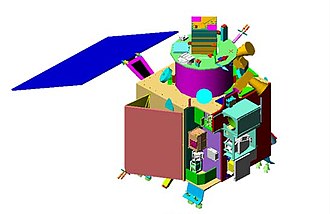
Chandrayaan-2 ) is the second lunar exploration mission developed by the Indian Space Research Organisation after Chandrayaan-1.
It consisted of a lunar orbiter, the Vikram lander, and the Pragyan lunar rover, all of which were developed in India.
The main scientific objective is to map and study the variations in lunar surface composition, as well as the location and abundance of lunar water.
The spacecraft was launched on its mission to the Moon from the second launch pad at the Satish Dhawan Space Centre on 22 July 2019 at 2.43 PM IST (09:13 UTC) by a GSLV Mark III.
The craft reached the Moon's orbit on 20 August 2019 and began orbital positioning manoeuvres for the landing of the Vikram lander.
Vikram and the rover were scheduled to land on the near side of the Moon, in the south polar region at a latitude of about 70° south on 6 September 2019 and conduct scientific experiments for one lunar day, which approximates two Earth weeks.
However, the lander deviated from its intended trajectory starting at 2.1 kilometres (1.3 mi) altitude,and had lost communication when touchdown confirmation was expected.
Initial reports suggesting a crash were confirmed by ISRO chairman K. Sivan, stating that "it must have been a hard landing". The Failure Analysis Committee concluded that the crash was caused by a software glitch.
ISRO may re-attempt a soft landing by November 2020 with Chandrayaan-3. The proposed configuration would include a detachable propulsion module, a lander and a rover.
Chandrayaan-2 mission is a highly complex mission, which represents a significant technological leap compared to the previous missions of ISRO, which brought together an Orbiter, Lander and Rover with the goal of exploring south pole of the Moon.
This is a unique mission which aims at studying not just one area of the Moon but all the areas combining the exosphere, the surface as well as the sub-surface of the moon in a single mission.
